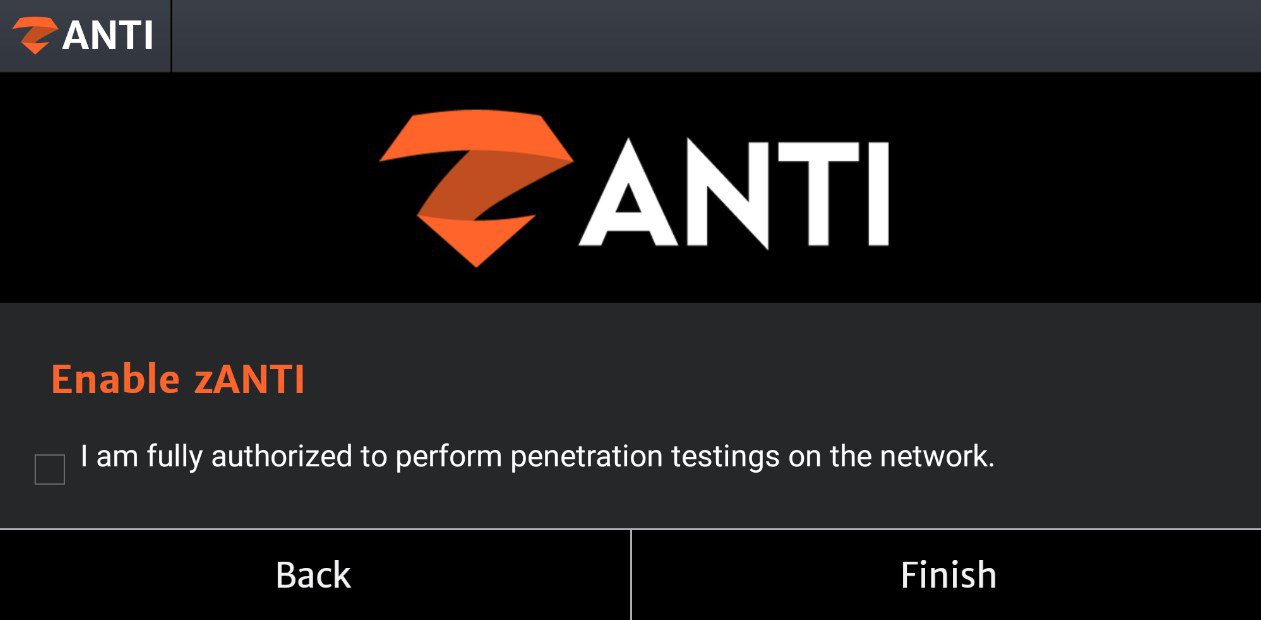In a traditional brute-force attack, a malicious actor attempts to gain unauthorized access to a single account by guessing the password. This can quickly result in a targeted account getting locked-out, as commonly used account-lockout policies allow three to five bad attempts during a set period of time. During a password-spray attack (also known as the “low-and-slow” method), the malicious actor attempts a single password against many accounts before moving on to attempt a second password, and so on. This technique allows the actor to remain undetected by avoiding rapid or frequent account lockouts. 
Password spray campaigns typically target single sign-on (SSO) and cloud-based applications utilizing federated authentication protocols. An actor may target this specific protocol because federated authentication can help mask malicious traffic. Additionally, by targeting SSO applications, malicious actors hope to maximize access to intellectual property during a successful compromise.
Email applications are also targeted. In those instances, malicious actors would have the ability to utilize inbox synchronization to (1) obtain unauthorized access to the organization’s email directly from the cloud, (2) subsequently download user mail to locally stored email files, (3) identify the entire company’s email address list, and/or (4) surreptitiously implements inbox rules for the forwarding of sent and received messages.
Technical Details
Traditional tactics, techniques, and procedures (TTPs) for conducting the password-spray attacks are as follows:
- Using social engineering tactics to perform online research (i.e., Google search, LinkedIn, etc.) to identify target organizations and specific user accounts for initial password spray
- Using easy-to-guess passwords (e.g., “Winter2018”, “Password123!”) and publicly available tools, execute a password spray attack against targeted accounts by utilizing the identified SSO or web-based application and federated authentication method
- Leveraging the initial group of compromised accounts, downloading the Global Address List (GAL) from a target’s email client, and performing a larger password spray against legitimate accounts
- Using the compromised access, attempting to expand laterally (e.g., via Remote Desktop Protocol) within the network, and performing mass data exfiltration using File Transfer Protocol tools such as FileZilla
Indicators of a password spray attack include:
- A massive spike in attempted logons against the enterprise SSO portal or web-based application;
- Using automated tools, malicious actors attempt thousands of logons, in rapid succession, against multiple user accounts at a victim enterprise, originating from a single IP address and computer (e.g., a common User Agent String).
- Attacks have been seen to run for over two hours.
- Employee logons from IP addresses resolving to locations inconsistent with their normal locations.
Typical Victim Environment
The vast majority of known password spray victims share some of the following characteristics:
- Use SSO or web-based applications with federated authentication method
- Lack multifactor authentication (MFA)
- Allow easy-to-guess passwords (e.g., “Winter2018”, “Password123!”)
- Use inbox synchronization, allowing email to be pulled from cloud environments to remote devices
- Allow email forwarding to be setup at the user level
- Limited logging setup creating difficulty during post-event investigations
 blackMORE Ops Learn one trick a day ….
blackMORE Ops Learn one trick a day ….


